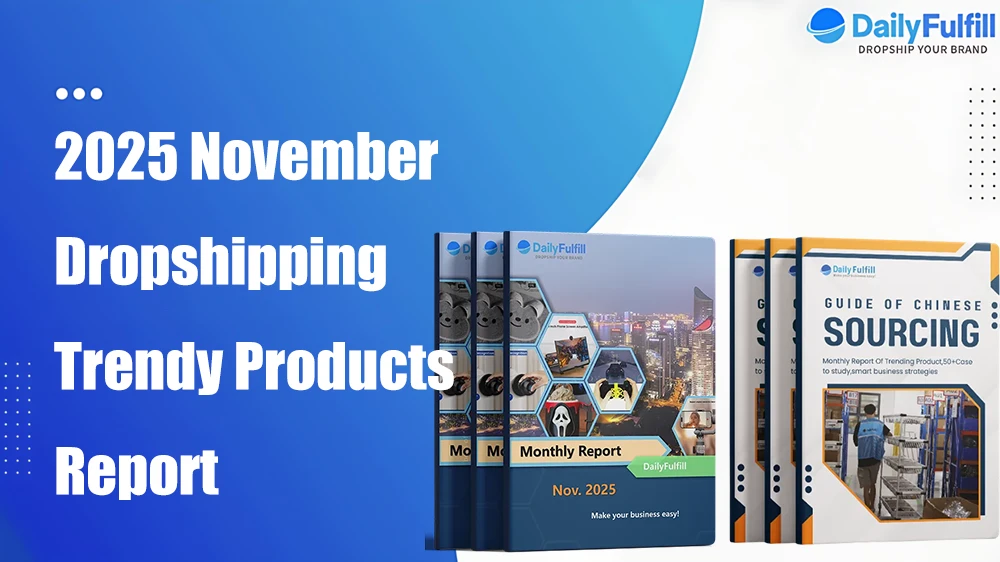
How Many Products Should You Start with Dropshipping in 205
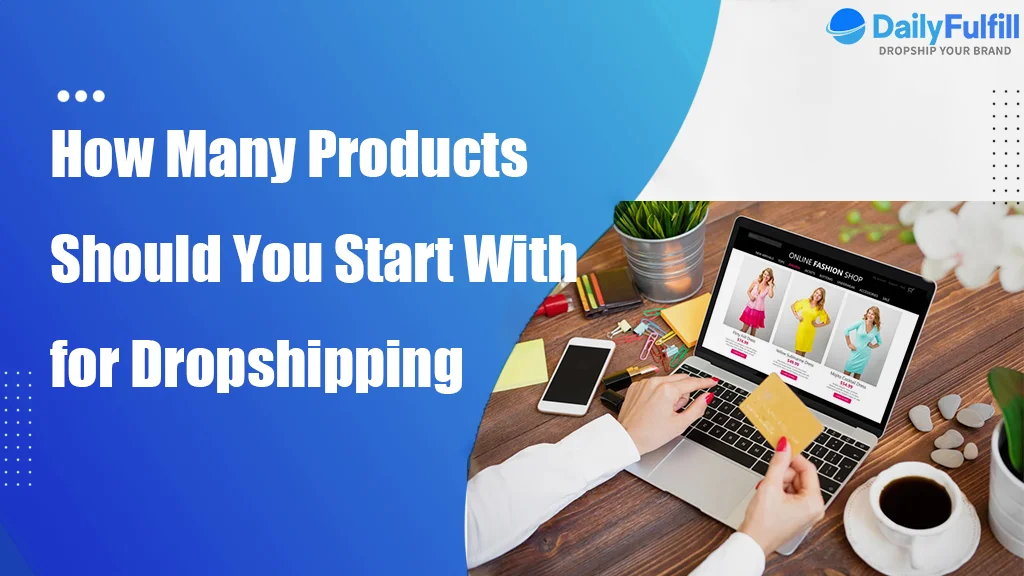
Dropshipping is still profitable in 2025. But determining the right number of products may not be easy.
How many products should you start with dropshipping?In this article, Dailyfulfill will give you some professional advice combined with insights into the latest industry trends to ensure your success in the highly competitive dropshipping field.
If you want to start dropshipping in 2025, aim for 5-20 products. Pick 1-3 core items to test first. This keeps things simple and helps you focus on quality. Here’s a quick guide:
| Store Type | Recommended Product Count |
|---|---|
| General Store | 50-60 |
| Niche Store | 10-20 |
| One-Product Store | 1 |
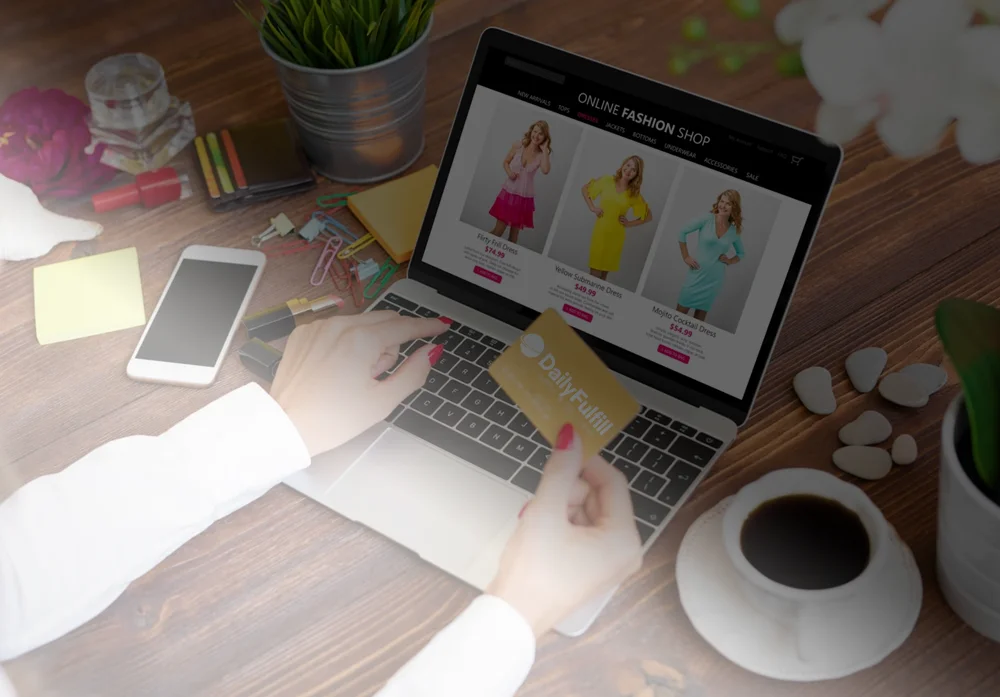
If you just want a quick answer so you can dive right into your dropshipping business, here are the quick and easy answers.
Many new dropshippers try to launch with too many products. Most fail because they can’t manage suppliers or keep up with quality. You boost your chances of success when you start small and scale up. Your budget, time, and goals matter too. Take it step by step, and you’ll find it easier to grow.
Begin your dropshipping store with 5 to 20 products. First, focus on 1 to 3 main items. This helps you test if people want them and if they are good.
Pick how many products to sell by thinking about your money, time, skills, and what you want for your business. This helps you not get stressed and lets you handle things better.
General stores do best with 50 to 60 products. Niche stores work well with 10 to 20 products. One-product stores should have just one strong item.
Test your products with ads and check the data before adding more. This helps you find the best products and grow your store the right way.
Use good suppliers and helpful tools to keep your store working well. Focus on having good products instead of a lot of products for long-term success.
How Many Products Should You Launch With
Key Factors
When you start dropshipping, you might wonder how many products to add to your store. The answer depends on a few key things. You want to make smart choices so you do not get overwhelmed.
Budget: Your budget sets the limit for how many products you can manage. If you have a small budget, start with fewer products. This helps you focus on quality and avoid wasting money.
Time: Managing lots of products takes time. If you work alone or have a busy schedule, keep your product count low. You will find it easier to handle orders and customer questions.
Experience: If you are new to dropshipping, start with a small number of products. This gives you time to learn about suppliers, shipping, and customer service.
Product Category: Some products are simple to sell, while others need more work. For example, fashion items come in many sizes and colors. Electronics may need more support. Pick products that match your skills.
Testing and Data: Try out a few products at first. Use sales numbers, customer reviews, and supplier data to see what works. This helps you spot winners and avoid poor choices.
Business Goals: Think about what you want. Do you want a big store with many products, or do you want to focus on a few best-sellers? Your goals shape your product count.
Tip: Use tools like Google Trends and Amazon Best Sellers to see what people want. This helps you choose products that have demand.
Market research shows that understanding customer needs and using product research tools can help you avoid selling items that no one wants. You can also look at your competitors and check social media to see what is trending. When you start dropshipping, these steps help you pick the right products and avoid mistakes.
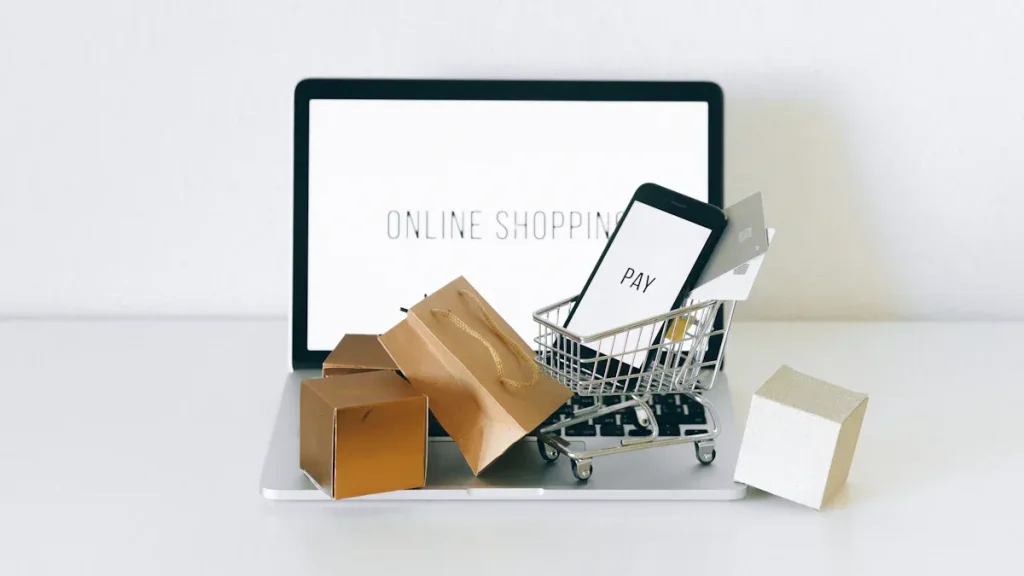
Recommended Ranges
You might see different advice about how many products to add when you start dropshipping. Here is what the latest research and market data suggest:
For a general store, aim for 50-60 products. This makes your store look full and gives shoppers more choices. But do not try to manage all of them at once. Focus on 5-10 core items to test first.
For a niche store, start with 10-20 products. This lets you target a specific group of customers. You can build a brand around these items and make marketing easier.
For a Shopify store, many experts suggest 10-30 products. This range works well for most beginners and keeps things simple.
If you want a one-product store, just start with one strong, unique item. Make sure it solves a problem or stands out from the crowd.
A recent study from the U.S. fashion industry found that having a broader product assortment can help you manage risk and deal with market changes. Stores with more product options can handle uncertainty better. But the study also shows that products with clear features, like color or size, are easier to manage when you start dropshipping.
Market data also shows that dropshipping is growing fast. Experts expect the market to more than double by 2033. This growth comes from new technology, automation, and better tools for managing orders. Top dropshipping stores use these tools to handle more products and scale up quickly.
Note: Start with a manageable number of products. Add more only when you see good results and feel ready. This way, you avoid stress and keep your store running smoothly.
General Store
Product Range
When you open a general dropshipping store, you want your shop to look full and trustworthy. Most experts suggest starting with 50-60 products. This number makes your store look real and gives shoppers more choices. You do not need to manage all these products at once. Focus on 5-10 core items first. Test these products to see which ones sell best. Many successful dropshippers use this method. They test different products, check sales numbers, and then scale up with the winners. This approach helps you avoid risk and keeps your store easy to manage.
Here’s a quick look at how general stores compare to niche stores:
Metric | General Store | Niche Store |
|---|---|---|
~5% | ~20% | |
Operational Cost Increase | +30% | N/A |
Advertising CTR | ~1% | Up to 3% |
Supply Chain Speed | N/A | 20% faster |
You can see that general stores reach more people but may have higher costs and lower repeat customers.
Pros & Cons
A general store gives you a lot of freedom, but it also comes with challenges.
Pros:
Reach a wider audience with many product categories
Test different niches at the same time
More chances for cross-selling
Easier to set up if you have product info ready
Cons:
Harder to build a strong brand
More competition from big marketplaces
Lower conversion rates since shoppers may just browse
Managing many products can feel overwhelming
Customer service gets tricky with lots of items
Tips
You can make your general store easier to run with a few smart moves:
Pick reliable suppliers who ship fast and offer good quality. DailyFulfill can help you find trusted partners.
Use automation tools to save time on tasks like inventory updates and order tracking.
Start with a small group of products. Focus on what sells, then add more as you grow.
Keep your website simple and easy to use. Shoppers like clear menus and fast checkout.
Watch your sales data. Drop products that do not sell and double down on winners.
Many top stores use these tips. For example, one business saved 95% of their time by automating manual tasks. Another managed over 500,000 products with smart inventory tools. You can do the same by using the right tools and partners.
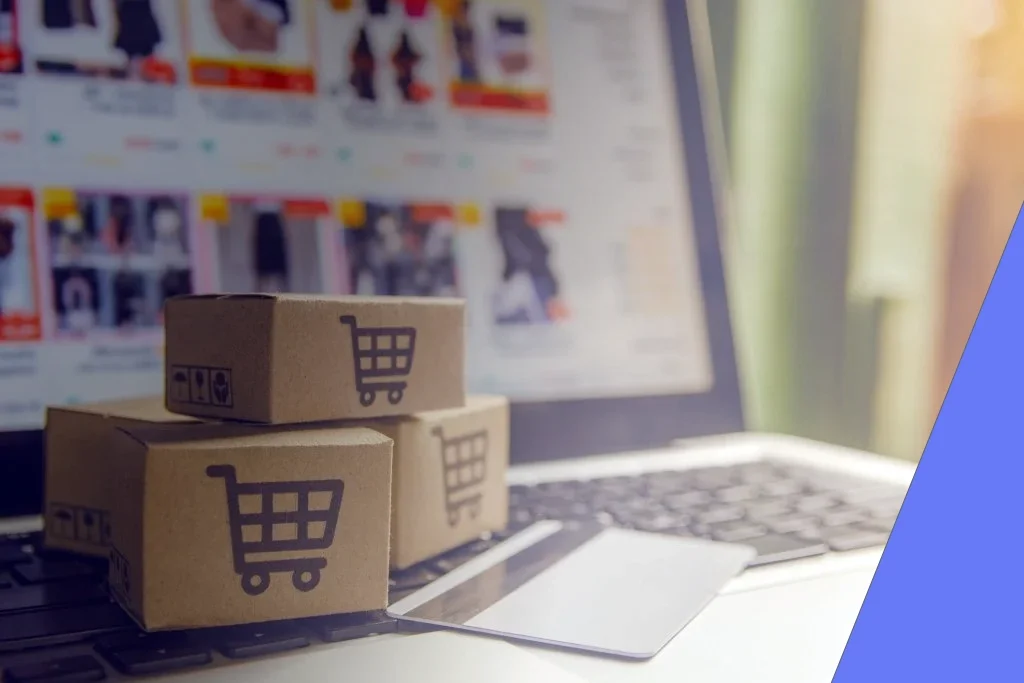
Niche Store
Product Range
When you build a niche dropshipping store, you want to focus on a specific audience. Start with 10-20 products that fit your chosen niche. This range keeps your store simple but still gives customers enough options. You can pick products that solve real problems or excite passionate hobbyists. For example, car accessories and home décor items work well because they have steady demand and growing markets. Try to include a mix of trendy, hard-to-find items and some evergreen products that people buy again and again.
Tip: Choose products that need guides or setup help. You can add value with how-to videos or detailed instructions. This makes your store stand out and lets you charge higher prices.
Pros & Cons
A niche store comes with some clear benefits, but you should know the downsides too.
Pros:
You can target your marketing to a specific group.
Branding feels easier because your products share a theme.
Customers trust stores that focus on what they love.
You often get higher repeat purchase rates.
Cons:
Your audience is smaller, so you might see fewer sales at first.
If your niche gets too popular, competition can rise fast.
Some niches, like clothing or health, bring legal or quality risks.
Tips
Want to pick the best products for your niche store? Try these steps:
Check forums and social media to see what your audience talks about.
Use tools like Google Trends or Meta Audience Insights to spot trends and customer interests.
Look for products that solve problems or create a “wow” effect.
Pick items that are easy to ship and have good profit margins.
Avoid crowded niches like watches or health supplements.
Partner with reliable suppliers. DailyFulfill can help you find and manage top products.
Test a few products first, then add more as you learn what sells.
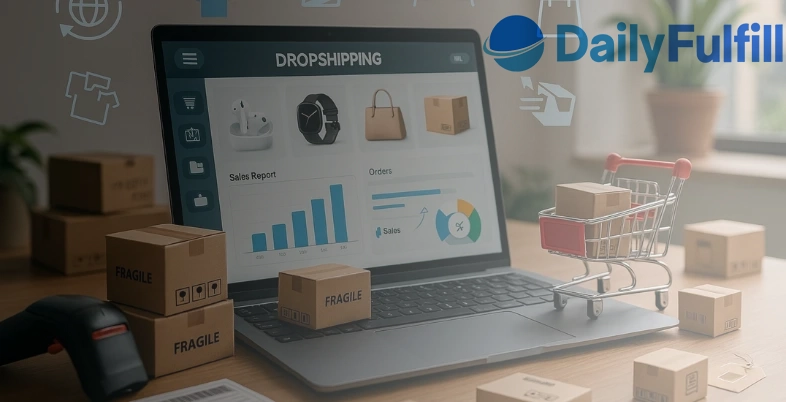
One-Product Store
When to Choose
You should pick a one-product store when you have a strong, unique product idea that solves a real problem. Maybe you spot a trend on Google Trends, like the growing buzz around “ice tubs” or another hot item. If you see steady interest and lots of people searching for your product, that’s a good sign. Social media can also show you if a product is going viral. When you notice lots of shares, comments, and ads, you know people care. Shopify sales trackers and SEO tools can help you check if people are buying and searching for your product. Reliable suppliers and good product quality matter too. If you can deliver a great product every time, you’re ready to go.
Tip: Blogs and videos about your product’s benefits can help you build trust and teach customers why they need it.
Pros & Cons
A one-product store keeps things simple, but it comes with trade-offs. Here’s a quick look:
Pros | Cons |
|---|---|
Super simple to manage | All your risk in one item |
Easy to focus your marketing message | Sales drop if trend fades |
Builds brand authority fast | Less room to test ideas |
Lower upfront costs | Harder to cross-sell |
Streamlined shopping experience |
Stores like Casper started with just one mattress and made $1 million in their first month. They grew to $100 million in two years. You can see how a focused approach works when you have the right product.
Launch Steps
Ready to launch? Here’s how you can do it:
Pick an ecommerce platform like Shopify.
Choose a theme that puts your product front and center.
Create a product page with clear photos, videos, and reviews. Show the benefits, not just the features.
Set up easy payment and shipping options.
Use social proof—add customer reviews or expert endorsements.
Tell your brand story. Share why your product matters.
Partner with a reliable supplier like DailyFulfill to keep quality high and shipping fast.
Note: Brands like To’ak Chocolate and Flaus found success by focusing on one product, using strong stories and social proof. You can do the same by keeping your store simple and your message clear.
Testing & Scaling
Product Testing
When you start dropshipping, you want to find products that actually sell. Test 1-3 products at a time. This keeps things simple and helps you spot winners without wasting money. Use ads to see which products get clicks and sales. Try A/B testing on your product pages and ads. This means you show two versions to different people and see which one works better. Make sure you run your tests long enough to get real results. Experts say you should look for a 95% confidence level before you pick a winner. Track important numbers like conversion rate, bounce rate, and return on ad spend. These numbers tell you if your product is working or if you need to try something else.
Tip: Use tools like Google Analytics 4 to track what shoppers do on your site. This helps you make smart choices.
Data-Driven Scaling
Once you find a product that sells, you can start to scale. Look at your sales data, customer reviews, and ad results. If you see steady sales and good feedback, add more related products. This helps you build trust and keeps customers coming back. Use paid ads and A/B testing to grow your reach. Try new marketing channels like email or social media. A big study showed that businesses who used data to plan their marketing saw more sales and better results. They spent money on ads that worked and dropped the ones that did not. Always check your key numbers like customer lifetime value and average order value. This helps you know when it is time to grow.
Mistakes to Avoid
Many people make the same mistakes when they try to grow too fast. Here are some things to watch out for:
Adding too many products at once can make your store messy and hard to manage.
Ignoring customer service hurts your brand and loses trust.
Relying on just one marketing channel can hurt your traffic if something changes.
Not testing ads before spending big can waste your budget.
Forgetting to listen to customer feedback means you miss chances to improve.
Note: DailyFulfill can help you manage suppliers and keep your store running smoothly as you grow.
You do not need to overwhelm yourself when you start dropshipping. Pick a small group of products, test what works, and grow from there. Focus on quality over quantity. Learn as you go and adjust your store to fit your customers. DailyFulfill can help you find winning products and support your journey. Ready to start dropshipping smart in 2025? Contact Dailyfulfill get a free quote today and build your success!
DailyFulfill is your Best Dropshipping Partner
- 24/7 customer support
- 100% quality guarantee
- 1400+ professional clients
- 8400 m² fulfillment center
- 59960+ Sku of products
- 12+ dropshipping experience


